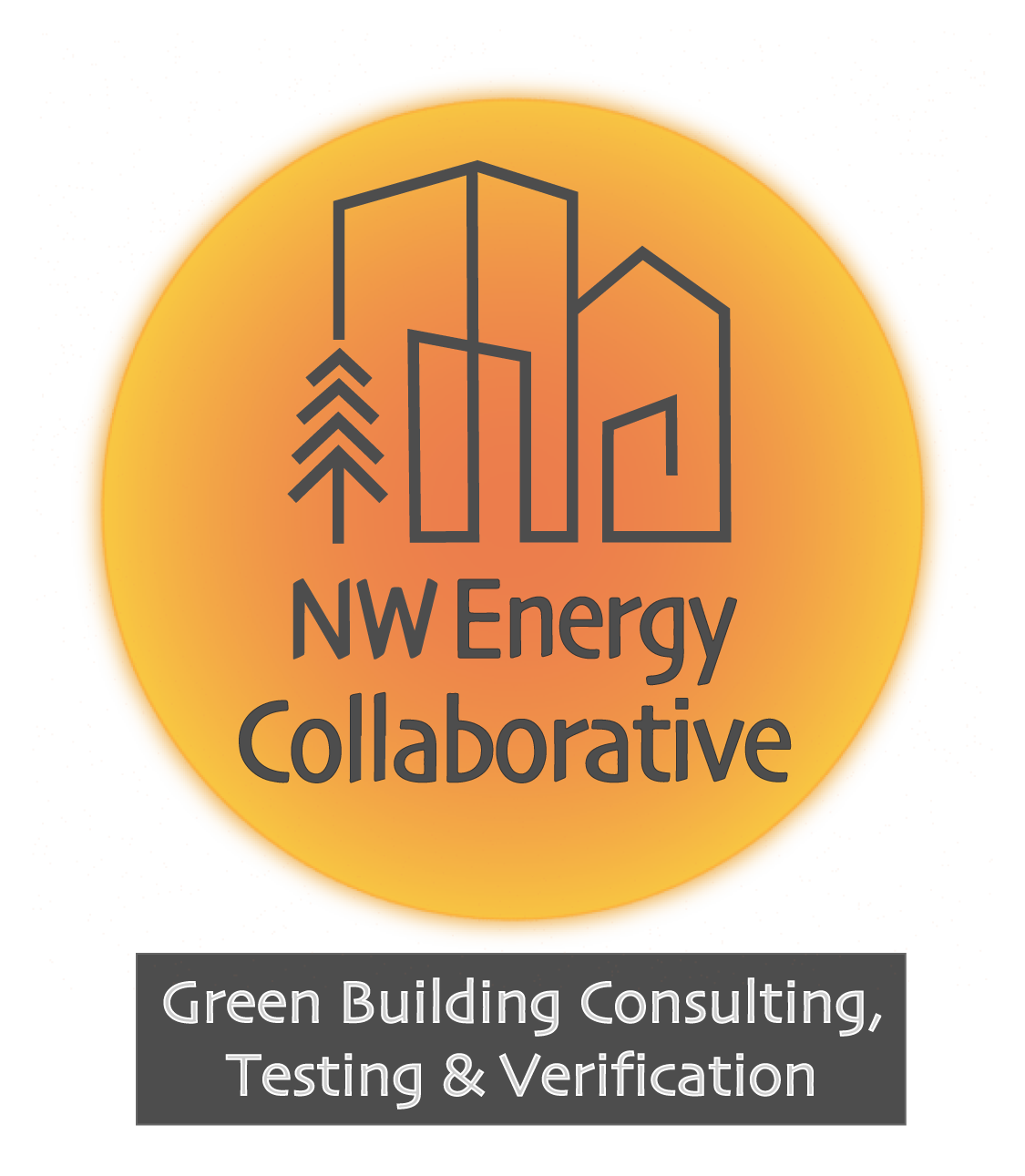An Owner’s Guide to Securing GRRP Funding
Maintaining buildings is a never-ending endeavor. Building owners, developers, and property managers must juggle necessary repairs and regular maintenance with health and safety concerns and tenant demands. What about a total retrofit or renovation? With high inflation and rising interest rates, it seems daunting to fund this essential work.
But wait… the Inflation Reduction Act (IRA) is full of approaches to obtaining funding through tax incentives, rebates, and grants. What about these existing buildings? The U.S. Department of Housing and Urban Development (HUD) is offering valuable funding pathways to achieving sustainability and resilience through the Inflation Reduction Act’s Green Resilience Retrofit Program (GRRP)
It might be time to stop deferring maintenance of these old buildings and safeguard these investments by going for the whole enchilada! Adopting innovative approaches to make buildings eco-friendly and more adaptable to changing climates is crucial to these investments' long-term durability and resilience. In this blog post, we'll explore how developers can take advantage of GRRP and delve into the three pathways: Elements, Comprehensive, and Leading Edge.
What is the Green Resilience Retrofit Program (GRRP)?
The new GRRP grant and loan program provides funding to existing owners who receive HUD multifamily assistance to aid in their retrofit projects. The funding requires focusing on energy and water efficiency, lowering carbon emissions, and other sustainable building practices. The GRRP initiative encourages developers and property owners to improve their buildings’ and developments' environmental performance and resilience. This program acknowledges the crucial role of our built environment in mitigating climate change and preparing our cities for a changing climate.
By participating in the GRRP, developers can access a range of incentives, resources, and support to implement sustainable and resilient building practices. It is an opportunity to positively impact the environment and enhance their property's long-term value and appeal. There are three different pathways that range from $750,000 to $20 million in maximum incentive per property.
What are the 3 GRRP Pathways?
Elements Pathway — $140 million available in Elements funding, $750,000 per project, $40,000 per unit maximum
The Elements pathway is an excellent starting point for developers looking to dip their toes into sustainable and resilient building practices as it hones in on critical elements of a development project that developers can upgrade to meet sustainability and resilience standards. These elements may include insulation, windows, HVAC systems, and roofing.
Developers opting for the Elements pathway can expect benefits such as reduced energy consumption, improved indoor air quality, and enhanced comfort for occupants. Additionally, these upgrades often lead to lower operational costs, which can be a significant selling point for residential and commercial properties.
Comprehensive Pathway — $1.47 billion available in Comprehensive funding, $20 million per-project maximum, $80,000 per-unit maximum
The Comprehensive pathway takes a more holistic approach to sustainability and resilience. It encourages developers to assess their entire project and make comprehensive improvements that address various aspects of environmental performance and climate resilience.
This pathway typically involves thoroughly evaluating a development's energy efficiency, water usage, waste management, and sustainable materials. Developers must adopt sustainable building practices like green roofs, renewable energy systems, and rainwater harvesting.
By embracing the Comprehensive pathway, developers can create projects that are not only environmentally friendly but also better equipped to withstand extreme weather events and other climate-related challenges. This can reduce insurance costs and increase market appeal to environmentally conscious buyers.
Leading Edge Pathway — $400 million in Leading Edge funding, $10 million per-project maximum, $60 per-unit maximum
The Leading Edge pathway is designed for developers ready to push the boundaries of sustainability and resilience. It encourages the adoption of cutting-edge technologies and practices to create buildings at the forefront of environmental innovation.
Developers pursuing the Leading Edge pathway may explore advanced solutions like net-zero energy buildings, state-of-the-art climate control systems, and innovative water management techniques. These projects often showcase what is possible regarding sustainable and resilient design.
While the Leading Edge pathway may involve higher upfront costs, it can lead to significant long-term benefits, including reduced energy bills, increased property value, and recognition as a leader in the green building industry.
Are you interested in leveraging the Green Resilience Retrofit Program (GRRP) to enhance your development project's sustainability and resilience? Contact NW Energy Collaborative today for expert guidance on accessing and maximizing GRRP benefits.
Phone: (503) 567-5551
Email: Info@NWEnergyCollaborative.com
Website: NWEnergyCollaborative.com


